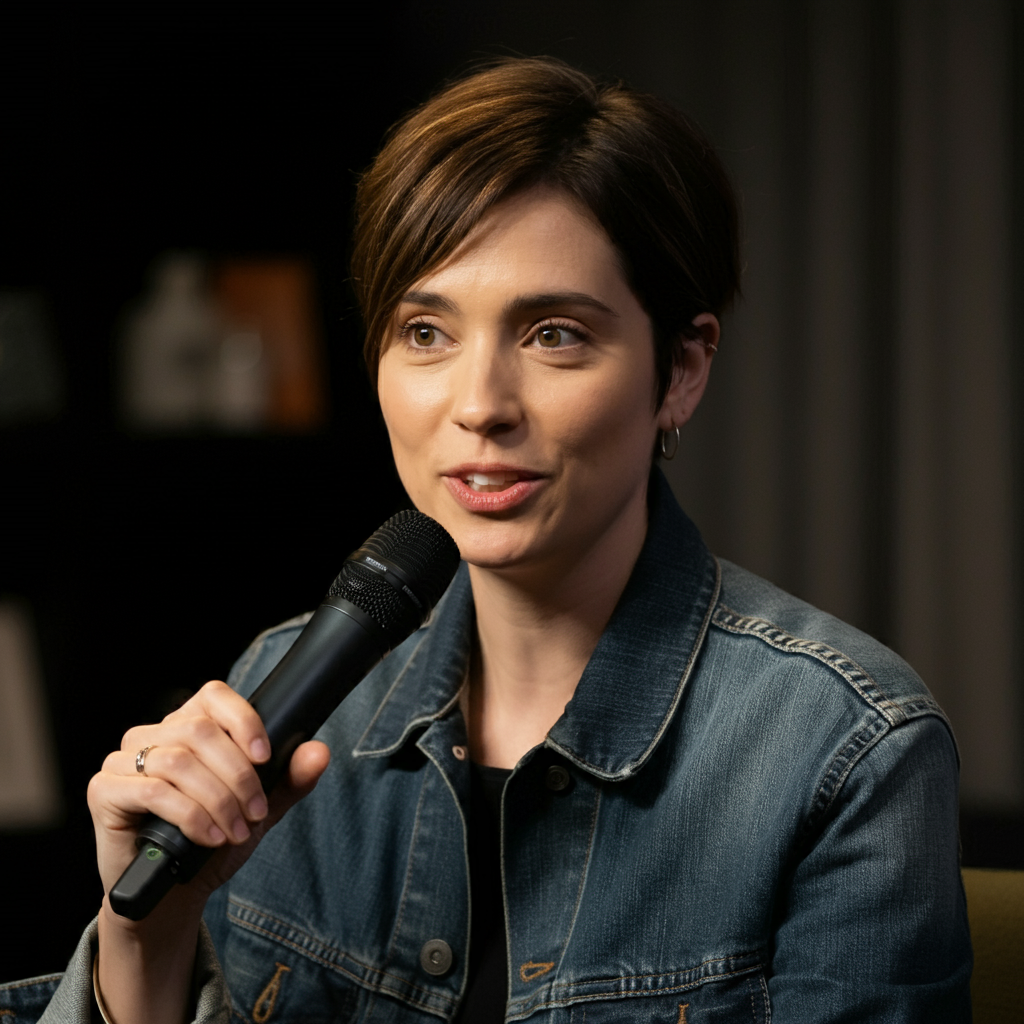When learning English sentence structure, understanding the components of a sentence is crucial for constructing grammatically correct and meaningful sentences. In the sentence “I’m so thankful that my family supports my dream,” it’s important to analyze the role of each part of speech, especially when it comes to identifying the subject, verb, and object. This article will break down the sentence and explain how to properly identify its components, as well as clarify any confusion about object (O) and verb (V) placement.
Breaking Down the Sentence: Structure and Components
The sentence “I’m so thankful that my family supports my dream” consists of multiple parts that come together to convey a clear message. To understand the structure better, let’s divide it into its basic components:
1. Subject, Verb, and Complement
The sentence begins with “I’m so thankful,” which serves as the main clause. Here, “I” is the subject, “am” is the linking verb, and “so thankful” is the complement that describes the subject. The word “thankful” is an adjective that expresses the subject’s feeling, modified by the adverb “so.”
2. The Role of the Subordinate Clause
Following the main clause is the subordinate clause, “that my family supports my dream.” The word “that” is a subordinating conjunction, introducing the clause that explains why the subject is thankful. The subordinate clause functions as the object of the adjective “thankful,” providing more detail about the cause of the thankfulness.
Identifying the Verb and Object in the Sentence
To address the question of whether “am so thankful” is the verb and “that” to the end of the sentence can be considered the object, we need to clarify the roles of different components in the sentence. The verb phrase in the sentence is “am thankful,” with “am” being the linking verb and “thankful” as the complement that describes the subject.
1. The Main Clause: Subject and Complement
The main clause “I’m so thankful” does not contain an object in the traditional sense, as the adjective “thankful” cannot take an object. Instead, it is followed by a subordinate clause that provides more information about the reason for the speaker’s thankfulness. Thus, there is no direct object (O) in this part of the sentence.
2. The Subordinate Clause: The Object of the Emotion
The phrase “that my family supports my dream” functions as a noun clause that explains what the speaker is thankful for. While this clause does not act as a traditional object of the verb, it can be considered an indirect object of the emotion expressed in the main clause. The verb “supports” in this clause has its own object, “my dream,” which is the thing being supported by the family.
Common Confusions: Linking Verbs and Objects
A common point of confusion in sentence analysis is understanding the difference between linking verbs and action verbs. Linking verbs, such as “am” in this sentence, do not take direct objects. Instead, they are followed by a complement that describes the subject. On the other hand, action verbs like “supports” in the subordinate clause do take an object, in this case, “my dream.”
Summary: Understanding Sentence Components and Their Roles
In the sentence “I’m so thankful that my family supports my dream,” the structure consists of a main clause and a subordinate clause. The main clause includes the linking verb “am” and the adjective complement “thankful,” with no direct object in this part of the sentence. The subordinate clause explains why the speaker is thankful and contains an action verb “supports,” which has a direct object, “my dream.”
By analyzing sentences in this way, you can better understand the roles of different parts of speech and sentence components. This approach helps clarify the confusion about whether the part “am so thankful” could be considered the verb, and whether “that” introduces the object. In fact, there is no traditional object in the main clause, but rather a clause that explains the cause of the emotion.



コメント